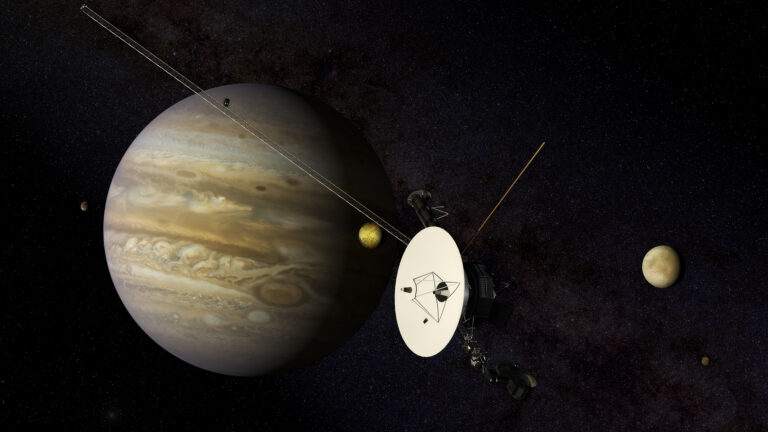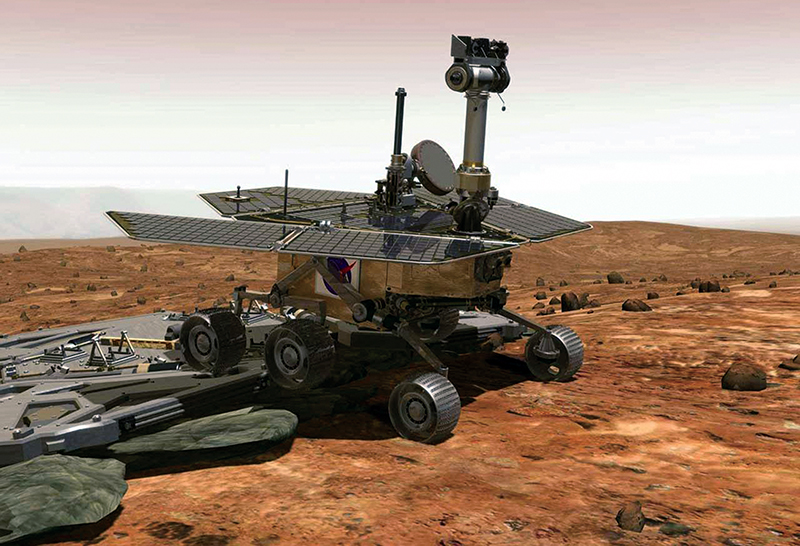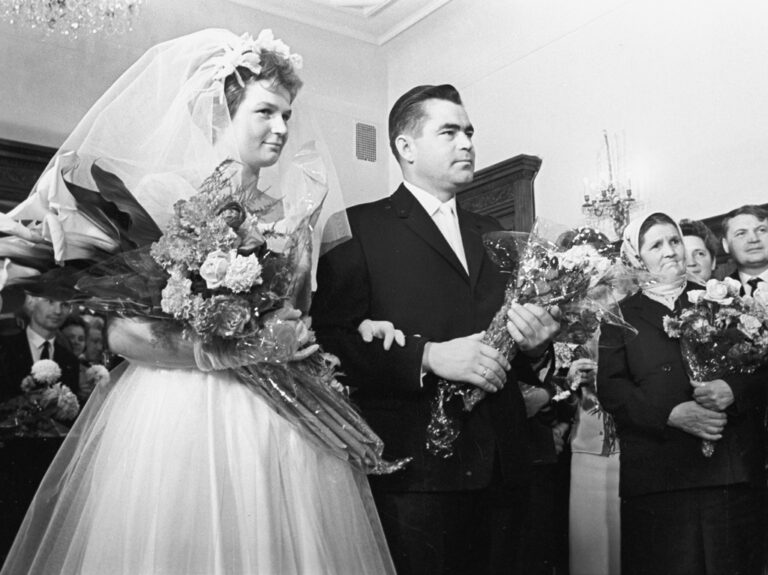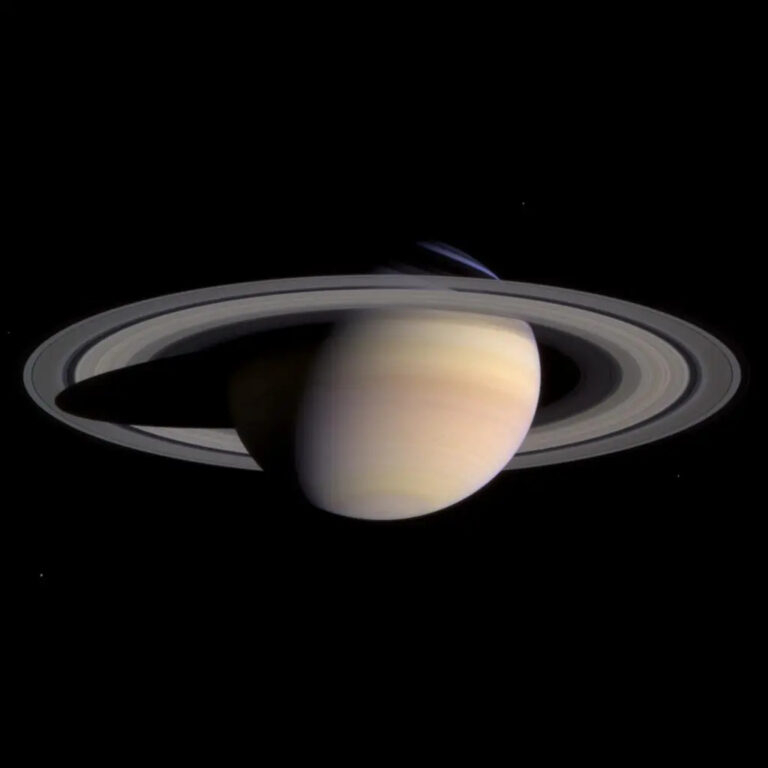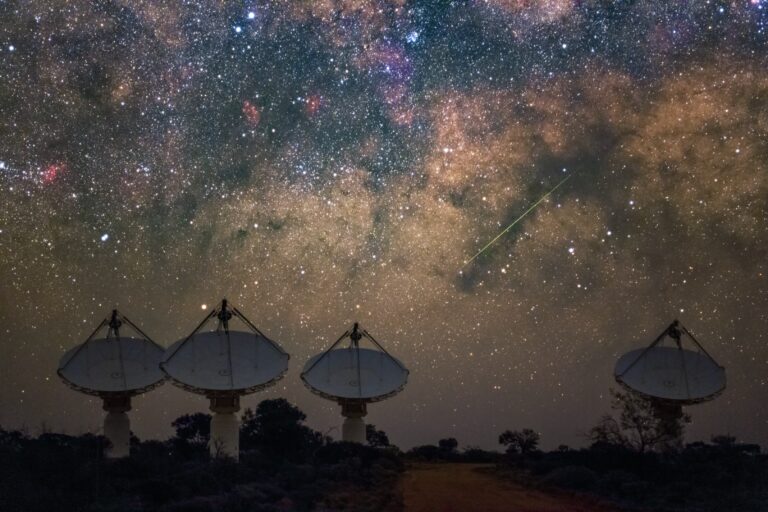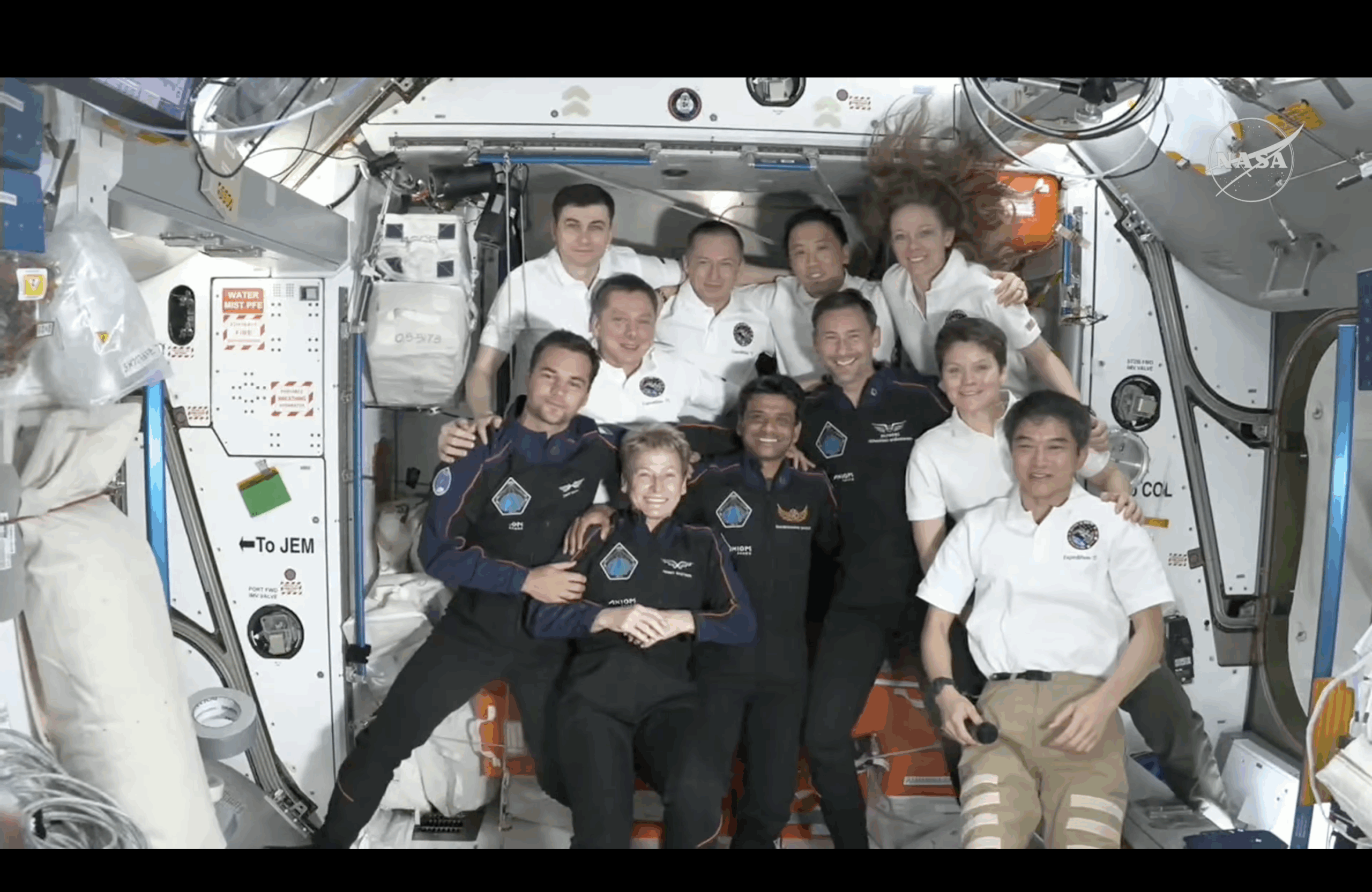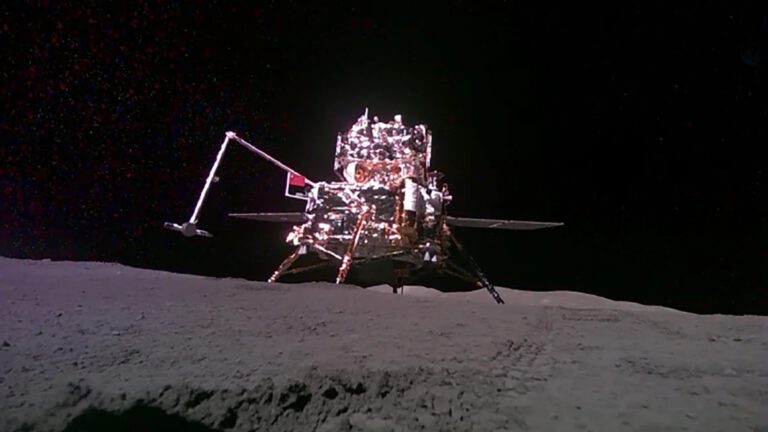Key Takeaways:
“For 21 years, Hubble has been the premier space science observatory, astounding us with deeply beautiful imagery and enabling ground-breaking science across a wide spectrum of astronomical disciplines,” said NASA Administrator Charles Bolden. He piloted the space shuttle mission that carried Hubble to orbit. “The fact that Hubble met this milestone while studying a faraway planet is a remarkable reminder of its strength and legacy.”
Although Hubble is best known for its stunning imagery of the cosmos, the millionth observation is a spectroscopic measurement, where light is divided its component colors. These color patterns can reveal the chemical composition of cosmic sources.
Hubble’s millionth exposure is of the planet HAT-P-7b, a gas giant planet larger than Jupiter orbiting a star hotter than our Sun. HAT-P-7b, also known as Kepler 2b, was studied using NASA’s planet-hunting Kepler observatory after it was discovered by ground-based observations. Hubble now is being used to analyze the chemical composition of the planet’s atmosphere.
“We are looking for the spectral signature of water vapor. This is an extremely precise observation, and it will take months of analysis before we have an answer,” said Drake Deming from the University of Maryland and NASA’s Goddard Space Flight Center in Greenbelt, Maryland. “Hubble demonstrated it is ideally suited for characterizing the atmospheres of exoplanets, and we are excited to see what this latest targeted world will reveal.”
“This exciting set of observations in search of water vapor on a planet orbiting another star is laying the foundation for how we plan to use the James Webb Space Telescope’s more powerful vision to look for liquid water on nearby planets, the necessary precursor to extraterrestrial life,” said Matt Mountain from the Space Telescope Science Institute in Baltimore, Maryland.
“For 21 years, Hubble has been the premier space science observatory, astounding us with deeply beautiful imagery and enabling ground-breaking science across a wide spectrum of astronomical disciplines,” said NASA Administrator Charles Bolden. He piloted the space shuttle mission that carried Hubble to orbit. “The fact that Hubble met this milestone while studying a faraway planet is a remarkable reminder of its strength and legacy.”
Although Hubble is best known for its stunning imagery of the cosmos, the millionth observation is a spectroscopic measurement, where light is divided its component colors. These color patterns can reveal the chemical composition of cosmic sources.
Hubble’s millionth exposure is of the planet HAT-P-7b, a gas giant planet larger than Jupiter orbiting a star hotter than our Sun. HAT-P-7b, also known as Kepler 2b, was studied using NASA’s planet-hunting Kepler observatory after it was discovered by ground-based observations. Hubble now is being used to analyze the chemical composition of the planet’s atmosphere.
“We are looking for the spectral signature of water vapor. This is an extremely precise observation, and it will take months of analysis before we have an answer,” said Drake Deming from the University of Maryland and NASA’s Goddard Space Flight Center in Greenbelt, Maryland. “Hubble demonstrated it is ideally suited for characterizing the atmospheres of exoplanets, and we are excited to see what this latest targeted world will reveal.”
“This exciting set of observations in search of water vapor on a planet orbiting another star is laying the foundation for how we plan to use the James Webb Space Telescope’s more powerful vision to look for liquid water on nearby planets, the necessary precursor to extraterrestrial life,” said Matt Mountain from the Space Telescope Science Institute in Baltimore, Maryland.


